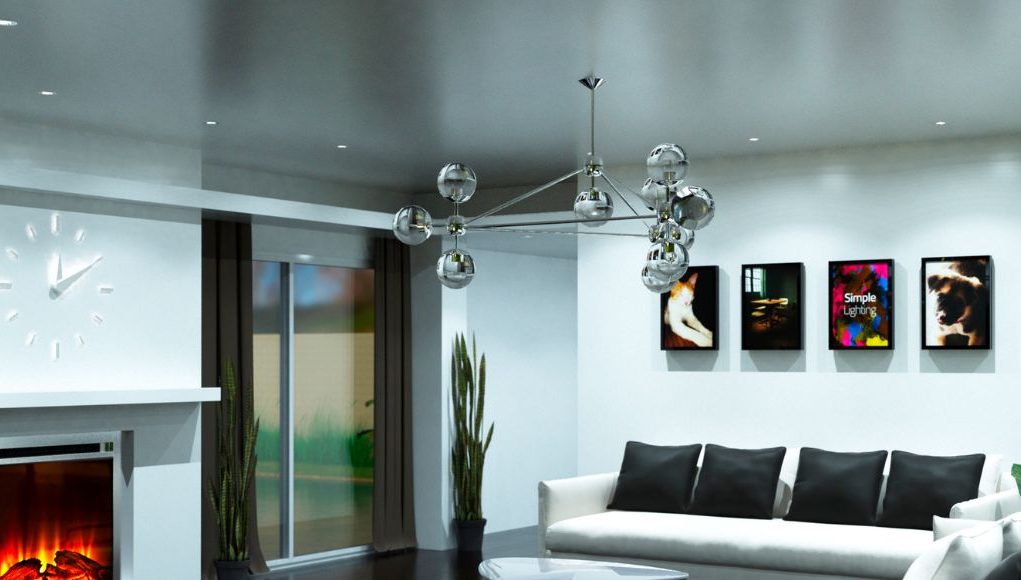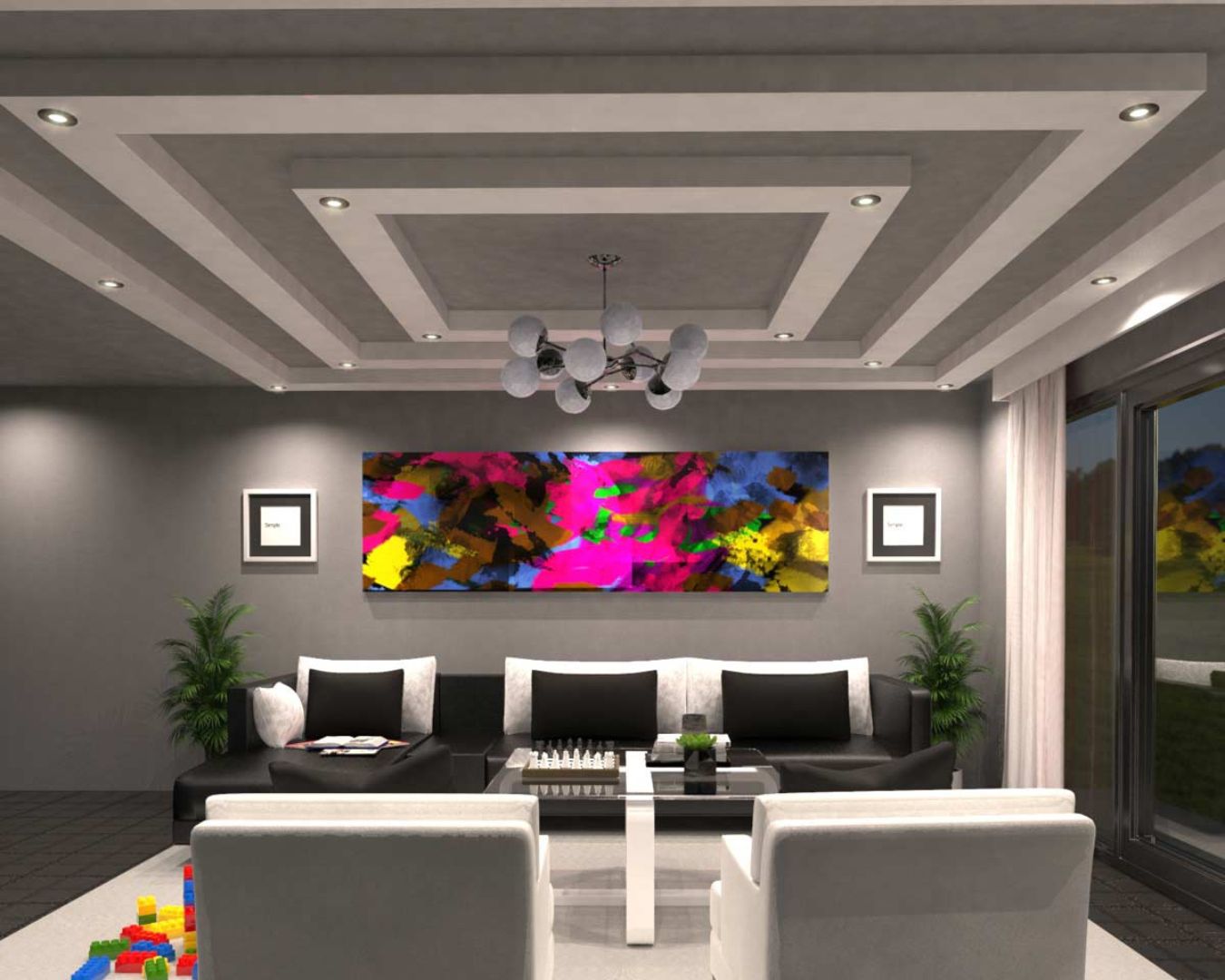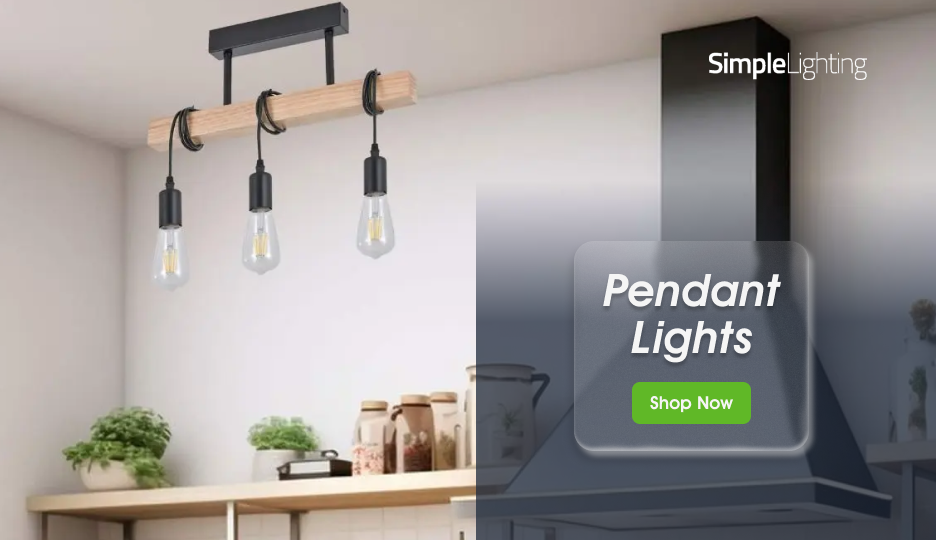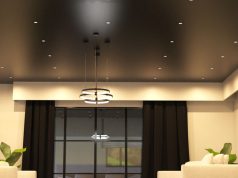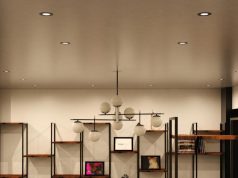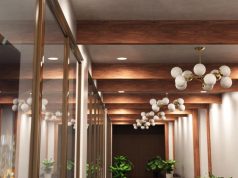It’s true… Your lighting can make or break your space.
And it’s not just about illumination either. No. Lighting is more than just functional. It’s one of the opportunities to express your style and inject personality into your space.
Lighting can set the mood, create atmosphere, and make a lasting impression on those who step into your home. That’s where statement lighting comes into play.
Doesn’t matter what style you lean into more. Be it sleek modernism, vintage charm, or natural textures, there’s a statement ceiling fixture perfect for your space. And the best part? Contrary to what many think, statement lighting doesn’t need to cost the earth.
The key is to understand what makes a piece stand out, how to choose it carefully, and where it will have the most impact. And that’s what this post is going to help you with.
So, what are we waiting for?
What Makes a Ceiling Light a Statement Piece
Before we delve into the heart of the topic, we must first understand one thing: not every light fixture qualifies as a “statement.” You can’t slap a surface-mounted light bulb onto your ceiling and call it a statement piece.
A statement ceiling light serves as a visual anchor for a room. These fixtures are capable of serving as a focal point and even dictate the personality of the whole space.
It’s unconventional, sometimes out of this world, yet feels intentional… like it belongs exactly where it’s placed.
Here’s what typically makes a light a statement piece:
Size: Bigger isn’t always better… but a larger scale often signals drama. Oversized pendant lights or chandeliers naturally draw the eye.
Shape: Unique silhouettes, whether sculptural, geometric, or fluid, create interest and spark conversation.
Material: Distinct finishes, such as hammered metal, frosted glass, woven rattan, or layered fabrics, can transform a light fixture from simple to special.
Contrast: A statement light often contrasts with its surroundings. Imagine a matte black pendant against a white ceiling, or a warm brass fixture in a cool-toned room. If there’s one thing a statement light does well, it’s to get attention.
Placement: Even a simple light becomes a statement when positioned strategically, such as a single pendant spotlighting a dining table or a bold chandelier welcoming you in an entryway.
The best statement lights strike a balance between eye-catching drama and harmony with the rest of your design.
Choosing Statement Pendants & Fixtures
Picking the right ceiling light or pendant can be overwhelming. You’re worried about a lot of things, like, will it look good in the space? Do I go for the simple design or the intricate one? Is this worth it, or is it a rip-off?
Here’s a tip: It becomes much simpler to choose your statement ceiling light when you break it down into a few design elements.
Scale & Proportion
A common mistake is falling in love with a fixture only to find out it overwhelms (or underwhelms) the space once installed. Like we said earlier: size does matter—but bigger isn’t always better.
The simple trick is to consider both ceiling height and surrounding furniture:
If you have low ceilings, opt for flush mounts or shallow pendants with wide but not overly tall profiles. (Yes, even spaces with low ceilings can have a statement ceiling light!)
If you have high ceilings, embrace dramatic drops with multi-tier chandeliers or elongated pendants. You’ve got the space, so why not maximise its use?
Over furniture: A statement pendant works best when its scale matches the furniture below. A wide dining table deserves a broader fixture (or maybe a row of pendants), while a narrow console table suits something more streamlined.
As a general rule, your statement piece should feel connected to the items beneath it, rather than floating alone in space.
Material & Texture
The material of your ceiling light typically dictates its exterior appearance. But, more than that, it also sets the tone for the entire room:
- Metal — Sleek chrome or matte black for modern minimalism; brass or gold for warmth and glamour.
- Glass — Clear glass globes to achieve that airy atmosphere, frosted glass for softness, or coloured glass for retro vibes.
- Fabric — Drum shades and layered textiles add cosiness and diffuse light beautifully.
- Natural fibres — Rattan, bamboo, and wicker pendants bring texture and organic warmth, perfect for coastal or boho interiors.
However, don’t limit yourself to fixtures that only feature one material. Mixing materials can take the level of your statement fixture’s effect to the next level.
Imagine this: a pendant light with a metal frame paired with fabric shades, or glass globes with wooden accents. The possibilities are endless.
Colour & Finish Choices
Answer this: Do you want your statement fixture to blend in or stand out? Their colour and finish will dictate both. For a bold statement, contrast with your existing decor. Black or bronze fixtures pop in pale, bright rooms, while white or soft neutral finishes can lighten up darker schemes.
Warm metallics, such as brass and copper, add instant richness to the space, while brushed steel or nickel feels crisp and contemporary.
One thing to note is that your statement light does not necessarily need to match all your other light fixtures and every detail of the space. What it should do is complement the overall look.
Where to Use Statement Lights
Not all rooms can benefit from having a statement ceiling light. Use them in areas that need to make a great first impression and locations where atmosphere matters most.
Specifically, you can use statement lights in these spaces:
Entryways — We mentioned first impressions. Your hallway or foyer will greatly benefit from a statement light. These set the tone for the entire house. A striking pendant or chandelier makes guests feel welcome from the moment they step inside.
Dining Rooms — If there’s an area that cries out for a statement light, it’s the dining room. A pendant centred above creates intimacy while elevating everyday meals into special occasions. Have you ever tried eating your eggs under a chandelier? Quite the experience.
Kitchen Islands — Pendant lighting over an island is both practical and stylish. Opt for a row of smaller pendants or one oversized fixture to anchor the space.
Living Rooms — A large sculptural light in the centre of your living room adds grandeur, especially in open-plan spaces where it helps define the area.
Bedrooms — A statement pendant above the bed introduces drama while maintaining cosiness, particularly when paired with softer bedside lighting.
So, which of these locations does your house badly need a statement ceiling light?
Balancing Against the Rest of the Room
This might sound ironic since a statement light is intended to be attention-grabbing, but it should also shine without overwhelming everything else. There needs to be a balance. Otherwise, the design of your space will tip… figuratively.
Here are some “balancing” tips:
Complement, don’t compete — If your statement piece is ornate or colourful, keep the surrounding decor simple. Conversely, if you have a more decorative room, a minimal pendant will be perfect.
Layer lighting — Having a statement ceiling light doesn’t mean you don’t need other lights besides it. Wrong. A statement ceiling light shouldn’t be your only source of illumination.
Pair it with wall sconces, table lamps, or recessed downlights to create layers of light for both function and ambience.
Mind sightlines — In open-plan spaces, consider how your statement piece interacts with adjoining rooms. Will your statement clash with the style of the other space? The goal is not to.
Adjust your lights — A dimmer switch is your best friend. Being able to adjust brightness ensures your light feels dramatic without being blinding.
It can be easy to get lost in the idea of having a statement ceiling light and end up just focusing on that. You have to strike a balance between your statement light or pendant and the rest of the space.
Examples & Inspiration
Minimalist Drama: Picture a matte black spider chandelier with multiple arms stretching across a minimalist living room. No need for a contemporary sculpture centrepiece—you already have it hanging on your ceiling.
Organic Warmth: Got a wooden dining table? A woven rattan pendant installed above it softens the space and adds an unmistakable natural touch and character.
Classic Glamour: A crystal chandelier in an entryway sparkles with timeless elegance, catching the light beautifully. Also works well with natural light during the day.
Industrial Edge: Think exposed bulb pendants with bronze fittings above a kitchen island. You can pair them perfectly with raw brick walls and metal stools.
Artistic Playfulness: Coloured glass orb pendants in staggered heights add whimsy and vibrancy, ideal for creative spaces.
The possibilities are endless. The only limit? Your imagination.
Statement lighting gives you the freedom to inject your own personality into your space without the need to hold back.
Practicalities: Weight, Installation, Safety
More than your regular lighting, statement lighting needs to be well-thought-out. It needs planning. Because statement lighting doesn’t just look impressive. It often carries more weight (literally) and complexity than standard fixtures.
Here are some practical things you need to consider before committing:
Weight: Large chandeliers and multi-bulb pendants can be heavy. Ensure your ceiling can support the load. Consider consulting a professional if you’re unsure.
Ceiling height: Small rooms can also feature statement lighting, provided you choose the right one. Always ensure there’s sufficient clearance, especially in walkways. You don’t want guests (and you) to bump your heads on a pendant light now, do you?
Wiring: Bigger lights often require more advanced wiring or multiple connections. Always hire a qualified electrician for installation.
Energy efficiency: Choosing a statement piece that uses LED bulbs ensures you get a dramatic effect without the high energy bills.
Bulbs & maintenance: Choose fixtures that allow for easy bulb replacement and cleaning. Additionally, ornate fixtures tend to be more difficult to clean. Not to mention that intricate designs are notorious for attracting dust. Be sure to have a regular cleaning schedule.
If you want a fixture that needs less maintenance, consider a more minimalist design where a few wipes are all it takes to clean. Statement lights tend to be focal points—you’ll want them looking pristine.
Practical planning ensures your statement lighting remains safe, functional, and as stunning as the day you got it.
Putting It All Together
Statement ceiling lights and pendants have the power to transform your home. They’ve gone from being mere sources of illumination to works of art, conversation starters, and mood-setters.
Finding the right piece injects personality into a space, makes it feel more finished, and ensures that your home leaves a lasting impression.
And that’s not even the best part yet. All of these are possible without being costly or complicated. Just make sure to consider practical aspects, such as scale, material, and placement.
The next time that you enter a room and feel like something is missing, look up. The perfect statement light might be exactly what you need to make your space complete and unforgettable. Maybe even completely unforgettable.


